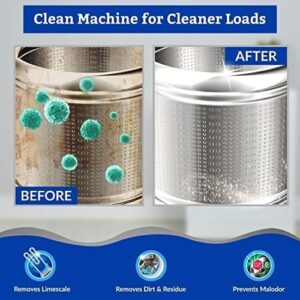
Introduction
Shingles, medically known as herpes zoster, is a viral infection characterized by a painful rash. It results from the reactivation of the varicella-zoster virus—the same virus responsible for chickenpox. After an individual recovers from chickenpox, the virus remains dormant in nerve tissues and can reactivate years later as shingles, particularly when the immune system is weakened.
Recognizing the Symptoms
Shingles typically progresses through distinct stages:
- Prodromal Phase: Before the rash appears, individuals may experience tingling, itching, or pain in a specific area, often accompanied by flu-like symptoms such as fever and fatigue.
- Acute Phase: A red rash develops, usually on one side of the body or face, forming clusters of fluid-filled blisters. These blisters eventually burst, crust over, and heal over several weeks.
- Postherpetic Neuralgia (PHN): In some cases, nerve pain persists long after the rash has healed, a condition known as PHN. This chronic pain can last for months or even years and is more common in older adults.
Treatment Options
While there’s no cure for shingles, early treatment can alleviate symptoms and reduce complications:
- Antiviral Medications: Drugs like acyclovir, valacyclovir, and famciclovir can shorten the duration of the outbreak and lessen the severity if started within 72 hours of rash onset.
- Pain Management: Over-the-counter pain relievers, topical creams, and, in severe cases, prescription medications can help manage discomfort.
- Home Care: Keeping the rash clean and dry, wearing loose-fitting clothing, and applying cool compresses can provide relief and prevent secondary infections.
Prevention Strategies
The most effective way to prevent shingles and its complications is through vaccination:
- Shingrix Vaccine: Recommended for adults aged 50 and older, Shingrix is administered in two doses and is over 90% effective in preventing shingles and PHN.
- Healthy Lifestyle: Maintaining a robust immune system through regular exercise, a balanced diet, adequate sleep, and stress management can also reduce the risk of shingles.
Conclusion
Shingles is a preventable condition that can cause significant discomfort and complications if not addressed promptly. Awareness of the symptoms, early treatment, and vaccination are key to managing and preventing this disease. If you suspect you have shingles or are eligible for the vaccine, consult with your healthcare provider for personalized advice.



